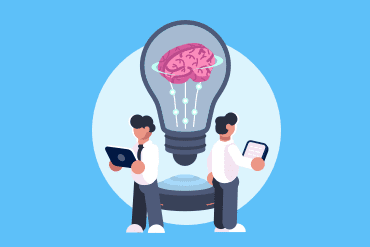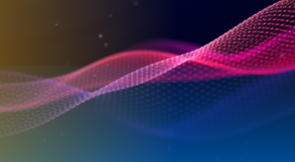While working on our daily tasks in agile teams, we quite often have this feeling where we are working on multiple tasks all day long and at the end of day when we review our work, we realize we haven’t accomplished anything concrete. The main reason for this is, our work environments are filled with distractions from having unnecessary and unproductive meetings to people checking their messages on phones, emails and slack channels. As a result, we feel demotivated, less productive and burnt out by the end of the day.
After years of working in the tech industry and going through the above experiences, I decided to take a hiatus from my job and do some reflection on my personal and career growth. In 2017, I started a 6 month journey of self exploration and discovery. I read books, listened to podcasts on mindfulness, productivity, leadership and self-motivation and interviewed successful people. Finally, when I went back into the workforce I tried to apply various concepts learnt from this journey in my daily tasks at the workplace.
The concepts I learnt helped me to get more focus, improved my critical thinking skills, helped to figure out ways to prioritize my tasks and I made myself more approachable to people in my personal and professional life. Below you will find the different hacks, tools, tips and tricks that I learnt and practiced, that can help anyone become a highly accomplished and productive tester; while working in a vastly chaotic and fast paced environment.
Different Hacks to become mindful and productive
There are 2 books worth mentioning here that has deeply influenced the way I do things. They were Deep Work by Cal Newport and Procrastinating on Purpose by Rory Vaden. In Deep Work, the author discusses the science and practical steps for focusing without distraction on cognitively demanding tasks. You can refer to this blog post for more detailed information – Deep Work. In Procrastinating on purpose, the author discusses a methodology through which you can prioritize your tasks. This was termed the “Focus Funnel”.
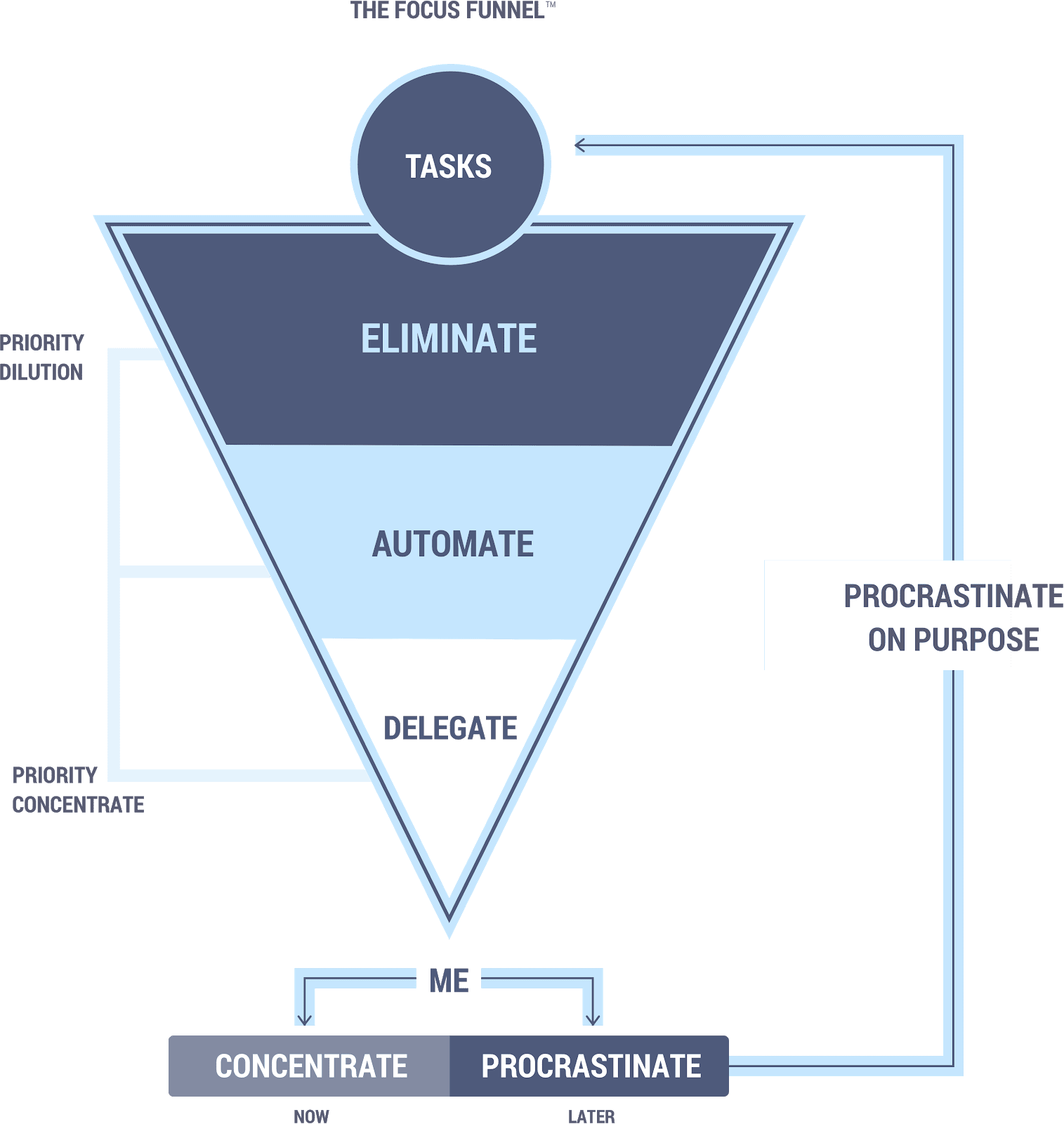
In a nutshell this is how it works, say you have a task – TASK A. This is how you decide whether you can work on TASK A by putting it through the focus funnel.
Step 1: Can TASK A be eliminated?
Step 2: If NO, Can TASK A be automated?
Step 3: If NO, Can TASK A be delegated?
Step 4: If NO, Can TASK A can be delayed further by Procrastinating on purpose?
Step 5: If NO, then you work on TASK A by Concentrating on it
Priority Dilution is, when you delay the most important tasks by allowing your attention to focus on less important but urgent tasks. Priority Concentrate is, when you concentrate on the most important tasks and that is your priority NOW. You can find more information from the book, but I have used these ideas to help in my daily decision making process.
Based on the above readings, the numerous research I have done and applying these concepts in real life; I came up with the different hacks to become a mindful tester. It can be broadly classified into 3 categories. In each category there are different tips and tools that can make you more efficient
- Planning Hacks
- Mindfulness Hacks
- Social Hacks
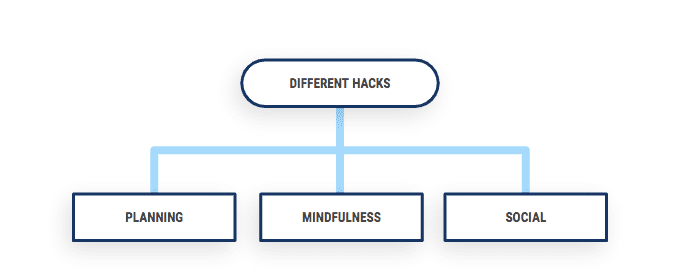
PLANNING HACKS
Daily and Weekly Planning
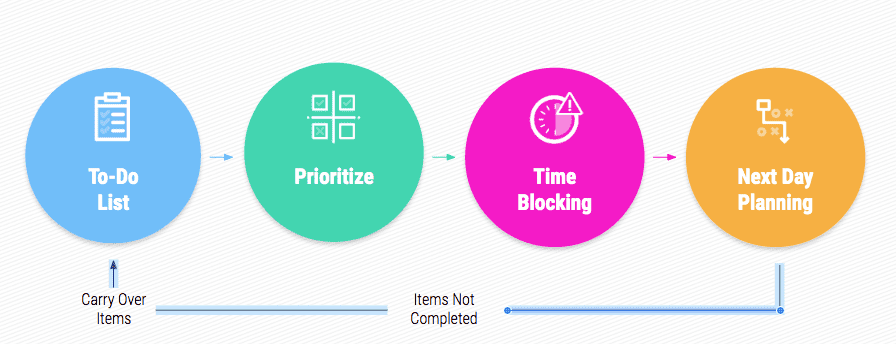
- Everyday in the morning spend just 5- 10 minutes reviewing what tasks need to be accomplished for the day with the help of a To do list.
- Prioritize the list based on the focus funnel described in the initial section. My motto is to finish the top 3 items on my list everyday. The rest gets carried over to next day
- Schedule blocks of uninterrupted time each focusing on one particular task. I usually try to do 3 blocks/day (about 45 minutes each)
- At the end of the day spend 5 minutes to review what tasks were accomplished, what gets carried over the next day and finally what are the tasks that need to be accomplished the next day
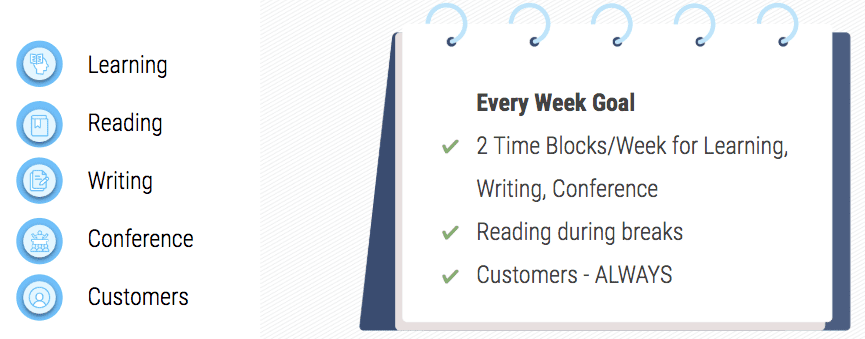
- As part of my job I need to do 5 things – Learning, Reading, Writing, Conference Presenting and working with Customers
- I want to make sure I dedicate time for each one of them. So I already know how many time blocks minimum I need for each of these items; starting with 2 Time Blocks/Week for Learning, Writing and Conference related tasks and do reading when I take breaks between time blocks. Customers are always first priority and they usually vary from 1-3 time blocks a day based on what customer tasks need to be accomplished that particular day.
- I usually keep Monday – Wednesdays as my customer days and keep Thursday and Friday as my writing days and tasks that need my creativity and thinking
You can always customize the above routines based on your tasks and context.
Meetings
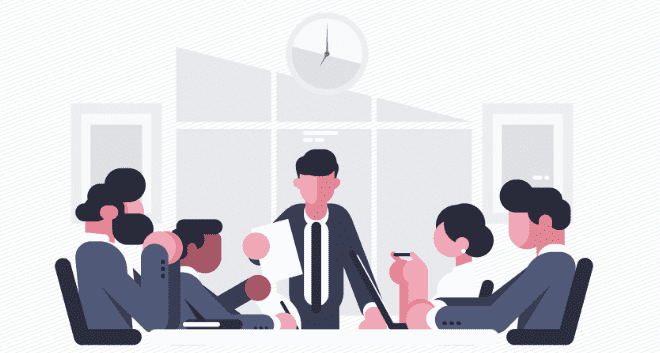
Here are some interesting facts regarding meetings
- 92% of people multitask during meetings
- There are 36–56 million meetings per day in the U.S.
- 15–20% of an organization’s collective time is spent in meetings
- $213 billion per year is spent on unproductive meetings
- 71% of meetings are considered unproductive
- There are 3 Billion meetings/year
- $37 billion/year is wasted in meetings in the US alone
There are great talks about how unproductive meetings have a huge negative impact on companies and people. Check out the TED talks from David Grady and Jason Fried (co founder of BaseCamp and 37 Signals) for more information.
Based on the above findings it is clear that having unproductive meetings has a detrimental impact on the overall workplace productivity. So how do you avoid them? Here are some tips to help you make that decision.
- First of all, you need to decide whether a meeting is necessary to discuss a particular issue. Is this something that can be solved by talking to the person directly? Is it something that can be an email conversation?
- If you have decided a meeting is necessary, not more than 7-8 people should be invited to the meeting. Research suggests that having more than 8 people in a meeting prevents clear decisions being made at the end of the meeting. Remember if you have 15 – 20 people in a meeting it is a conference; not a meeting
- Meeting invites need to have a clear title and agenda
- Everyone needs to come prepared for the meeting
- Start and finish meetings on time
- Have clear action items and follow up on them
Remote Meetings
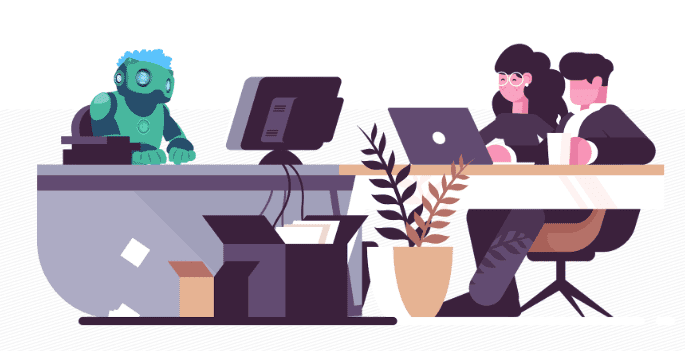
How many of you have experienced this situation before when attending remote meetings?
- Not announcing who is in the meeting room
- Not paying attention to food chomping, coffee slurping and sounds generated by putting your laptop, notepad or coffee mug on the table. This may seem like a trivial/normal thing for people in the room but for the person joining in remotely, this sounds like a loud noise going right through your ear buds, especially when wearing noise cancelling headphones. I have been there and done that
- Not sharing screens while going over presentations or when someone is talking about something he/she is projecting on the screen in the room. The remote employee is left to tap into their visualization techniques to make assumptions about what the presenter is showing and create his/her own interpretation of things. This is a really useful technique for meditation but not so much for work meetings
- Finally, the thing that annoys me the MOST is, a lot of little conversations happen throughout the room during the meeting and it sounds like the remote employee is in the fish market and has no clue of what is happening
So, how to avoid these problems?
- Be cognizant of the fact that there are remote employees/attendees in the meeting
- Ensure you announce the people who are present in the room
- The facilitator should ensure there is a web-cam so that the attendees of the meeting can see each other and this gives a feeling of inclusion
- Ensure there is only one conversation-taking place at any point of time during the meeting. Also, ensure we check in periodically with remote attendees in case they have any questions or things they want to add to the current conversation
- Try to use remote collaboration tools like Google Hangouts, Skype, Zoom, WebEx and other softwares that help to bring everyone together and encourages more collaboration
- Act like an adult and stop putting things on the table really hard, banging on the table or chomping on food near the speakerphone
E-Folders
Organizing papers into physical folders has been a productivity hack for many decades now. The same applies to electronic content as well. On a daily basis we get numerous emails and also have a lot of content on our own laptops that keep polluting our desktop screen. A good way to handle this electronic clutter is to use email filters to automatically sort incoming emails into their respective folders and also have a folder structure in our laptops to put relevant content in the appropriate buckets respectively.
Emails
Email has become the universal defacto standard for communication. Research shows that globally a staggering 269 billion emails are sent each day. It’s estimated that by the end of 2021 over 316 billion emails will be sent each day and there will be 4.1 billion email users – that’s over half the entire world’s population.
Above being the situation, how do we ensure our email communications are useful, productive and less time consuming to read. Here are some tips for that-
- E-mail should MOSTLY be in 3-4 bullet points, highlighting the key things we want to convey. If there is more information to convey we are better off talking to the person directly or calling over the phone
- E-mail with more than 2 e-mail threads is an immediate RED FLAG; it should be stopped then and there. It is like a virus that is going to start spreading and affecting everyone’s productivity and time. This is a sign that the people involved need to talk directly or in the worst case scenario have a short meeting ONLY with the people necessary to get clarity on things.
- It should fit within a normal laptop screen resolution about 11-13’’ without needing to scroll
Reminders
On a daily basis, there are numerous follow ups to do, timely tasks to accomplish and miscellaneous things we need to take care off; at a certain time of the day, week or month. To ensure we do not forget any of these things it is a good idea to set reminders. There are various ways to set reminders for ourselves. I personally set reminders using google calendar, sticky notes and Asana the task management tool. Usually sticky notes go on my table and google calendar reminders help me access them online at any place and at anytime as they seamlessly sync with all the devices.
Coming to work early
This is one of the most overlooked aspects of productivity. When we come early to work and there is no one in the office; we can get so much stuff done even before the regular day starts. For example – Say the usual work hours of your office is from 9 AM – 6 PM, just by coming in at 7 AM and getting some high priority work done before the day starts, gives a huge feeling of accomplishment and enables you to do highly focused, uninterrupted sessions of work.
Working from Home
Nowadays, more companies are encouraging their employees to adopt more flexible work from home options; as they are able to get a lot more work done. They do not have to waste time in commuting to and from the office and getting distracted with constant interruptions at the workplace. According to a recent study employees who work from home at least once a month are 24% more likely to feel happy and productive at work. Another study found companies that allow remote work see 25% less turnover than companies who don’t.
MINDFULNESS HACKS
Focusing/De-focusing
The human mind can focus only for a maximum of 45 minutes at a stretch. After which, it is necessary to take a 5 to 20 minute break to recharge. In the book Deep Work, Cal Newport suggests having 1 hour Time Blocks and then taking 10 min breaks in between. He suggests doing 3-4 time blocks of highly focused productive work per day.
I currently have a 100% remote job. This being the case it becomes all the more important to have some routines to do focused work. I end up doing 3-4 timeboxes session/day with a 5 to 10 minute break.
Breaking for Lunch
We need to break for lunch and physically get out of the office to recharge. We can do a lot of activities during our lunch break like reading, listening to podcasts, watching TV, hanging out with co-workers or just sitting by the sun and enjoying nature. Some people choose to work out during this time as well. There is scientific research that shows the value of having well defined lunch breaks to recharge our minds and help us be productive for the rest of the day.
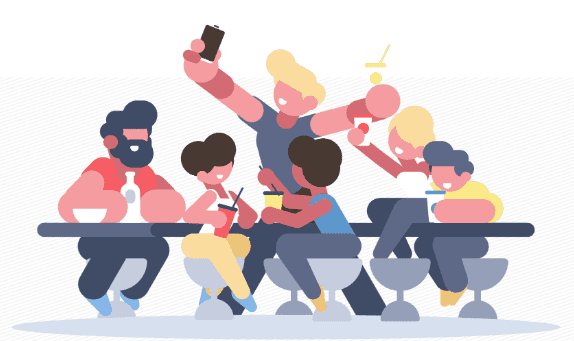
Being Mindful and doing focused work
On an average people spend about 4 hours a day on their smartphones. Half of those is in using Facebook, Instagram, Snapchat, Twitter and Youtube. This is 20 hours/week out of a 40 hour workday. This being the case, it becomes all the more important to track how much time is spent on your phone to increase productivity at work. Apple came out with Screen time; an app inbuilt into the operating system which tracks phone usage. There is another app I personally use call Moments that also has a feature to exclude apps that you want to ignore as part of your phone usage tracking like listening to Spotify while working.
Also there is research which suggests that, it takes 23 minutes and 15 seconds to get back concentration on your original task after interruption. At work we have constant interruptions that prevents us from doing good quality work. To avoid these interruptions at work we can do the following-
- Book a conference room or find a quiet place to do focused work
- Put our phones and laptops on Do Not Disturb mode to prevent getting distracted from messages from our phones or other communication channels like Slack
Finally, I personally have found a lot of value from doing meditation before starting the day. There are various benefits in doing meditation; one of which is to become more mindful and focused in work and life. I personally use the Headspace app for meditation in the morning. They have different guided exercises to help reduce stress, increase creativity, be more productive and be aware of your breathing throughout the day.
SOCIAL HACKS
Being Social
After family, work is where we spend the majority of our life time. That being said, why not make it a fun experience getting to know our team and co-workers on a personal level? It is good to be social and approachable to people; at the same time. There are different tips to do this-
- Try to hangout with your coworkers one day a week/month. You could do some social activity with them and get to know each other
- Make it a point to smile and say “Hi” to at least 2 people every day. This simple gesture can change your work and personal life dramatically
Appreciate Good Work
People value words of encouragement and appreciation more than monetary benefits. There are numerous studies that have proved this point. This being the case, it helps to build better relationships through words of appreciation. We could send notes of appreciation via emails, thank you notes and letting other peers know when someone does a great job; that made a positive impact on another individual or team.
